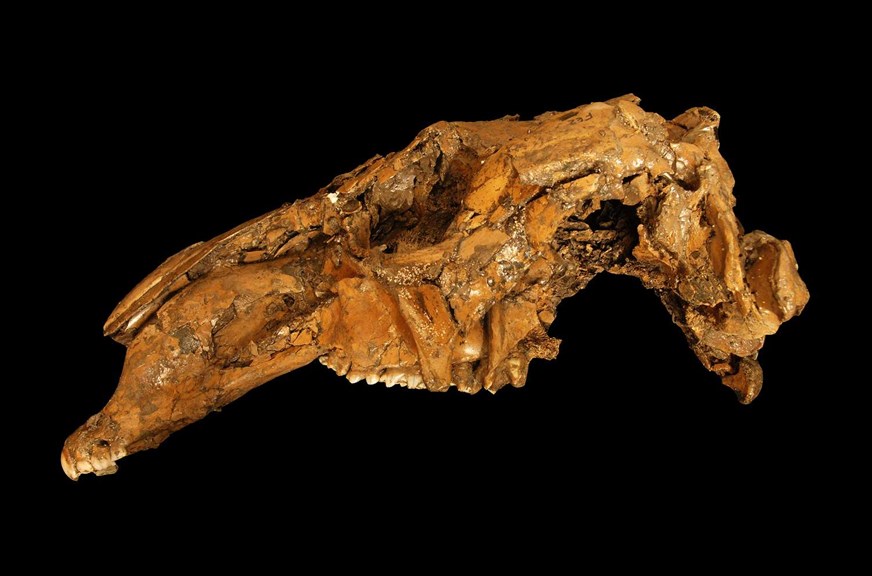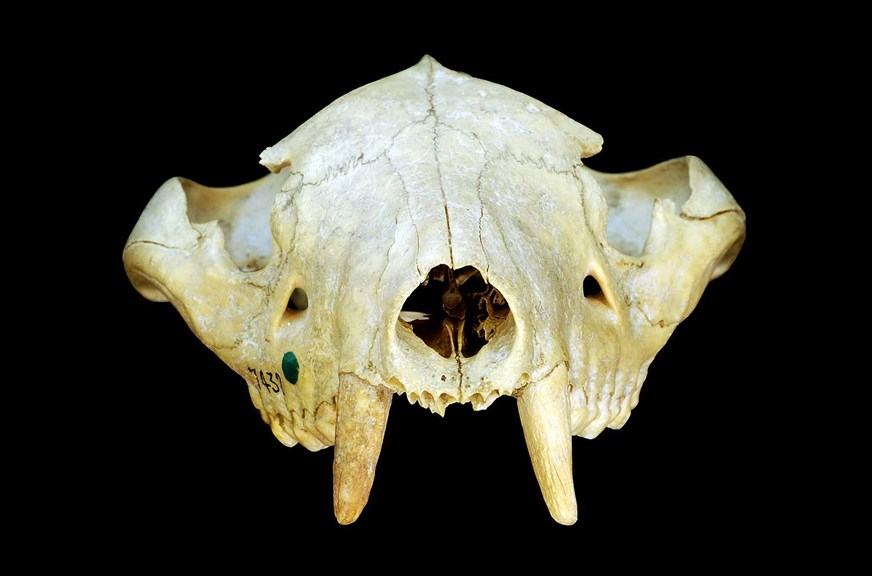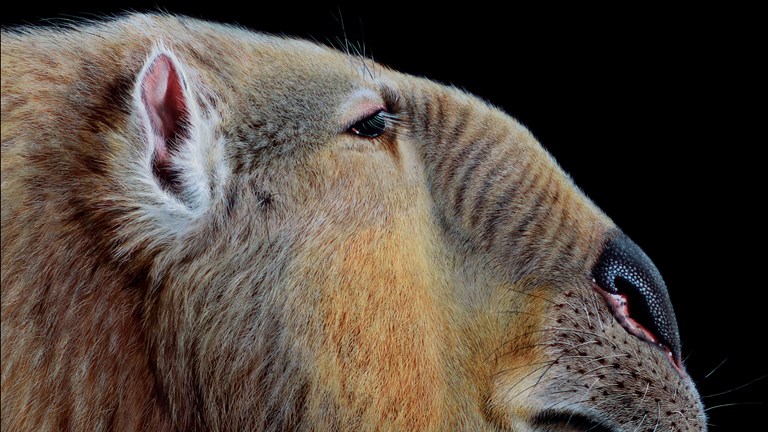Small(er) is beautiful
When we think of Ice Age land animals, we often add the word ‘giants’; certainly many of the mammals of the Pleistocene were very large – including many here in Australia.
In a previous post, we’ve defined megafauna, and looked at a few Australian examples from the Quaternary. There is a different way of looking at this, though – rather than thinking of the Ice Age megafauna as ‘ancient giants’, it is equally valid to study modern-day animals from the perspective of them being dwarf or pygmy forms of their Ice Age relatives.
The phenomenon of dwarfism in post- Ice Age mammals changes the question from “why were they so big back then?” to “why are they so small now?”
Before we go any further, we should keep in mind that not everything was giant-sized in the Pleistocene; there were many ‘normal’ sized animals (by today’s standards) living happily alongside the big guys – it was just that the big ones were really big. It’s also important to remember that many of the ‘pygmy’ forms lived alongside their ‘giant’ relatives, rather than replaced them – there’s no such thing as a succession plan in evolution.
Having said this, here are a few examples of ‘dwarf megafauna’ alive today that had gigantic skeletons in their closets.
An example of ‘miniature giant’ is the modern day Eastern Grey Kangaroo Macropusgiganteus; certainly large for an Australian land mammal, but 40-something thousand years ago it was overshadowed by its immense relative Macropus titan by 30%.
Similarly, the largest living Goanna, the Perentie Varanus giganteus, impresses with its size….but is smallfry against the immense extinct evolutionary ‘cousin’ Varanus “Megalania” priscus, – estimated at over twice (some have said thrice) the size.
This also holds true on the Tasmanian Devil Sarcophilus laniarus, which had an over-sized, mainland-resident relative at least 15% larger than its living subspecies. All of these animals are at least in the same genus as their megafaunal relatives, in some cases they are subspecies of their modern-day pygmy forms.
So, whilst it is true to say that in broad terms, there was an extinction event about 45,000 years ago that led to the ‘end of the Megafauna’, this event was complex - there were other patterns at play that saw downsizing as a successful survival strategy.
Obviously many Australian megafauna taxa became entirely extinct as well, inconveniently leaving no close descendants or relatives.









